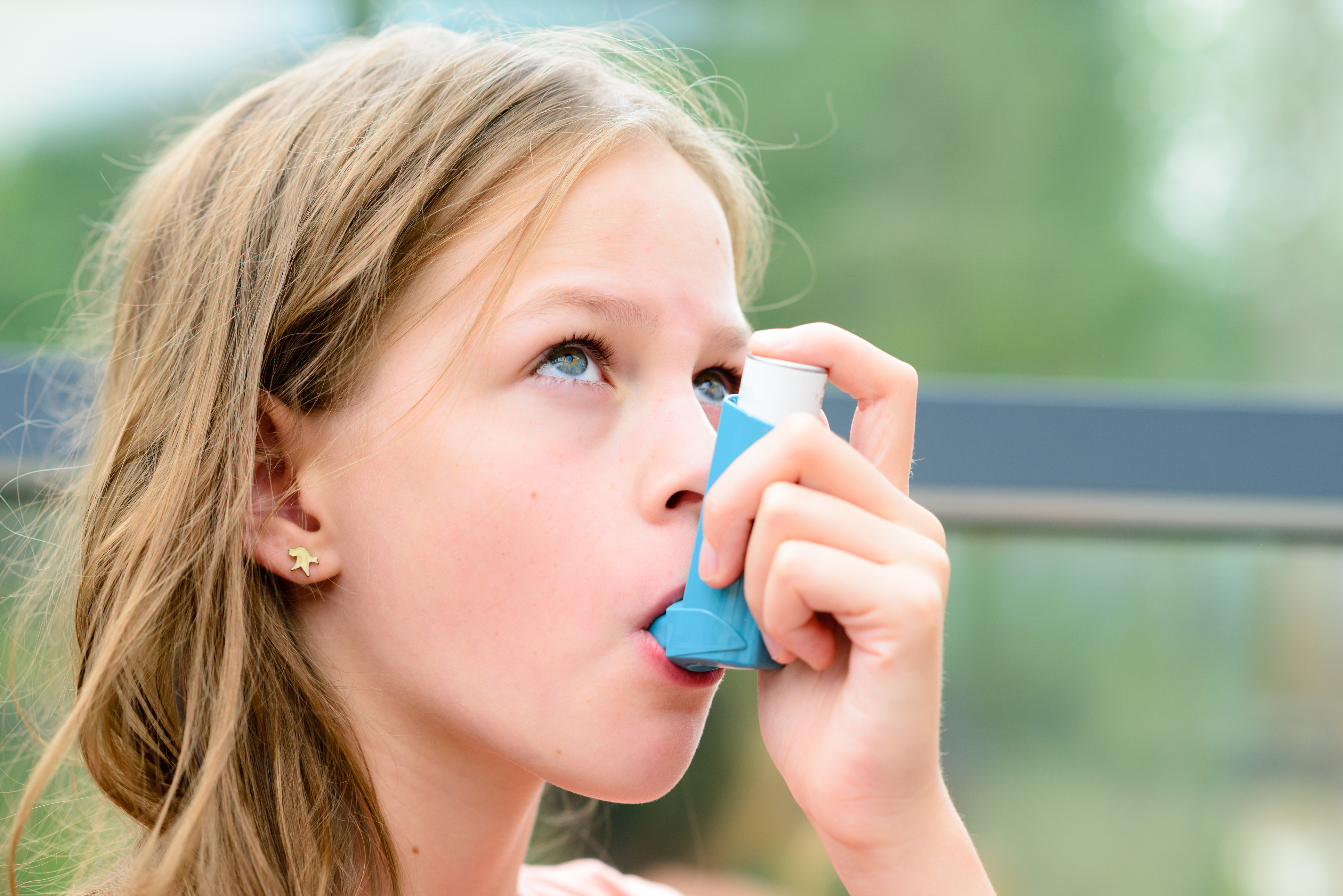Author Archives: George Rogu M.D. CPE
Dr. George Rogu is an accomplished pediatrician standing at the forefront of providing advanced pediatric care on Long Island. He has created cutting edge programs that utilize technology to deliver the latest in care and medical information to patients. He specializes in guiding small private practices through transformations that focus on innovation and updating services to provide advanced medical care.

Title: Essential First Aid Tips for Moms: Dealing with Cuts, Scrapes, and Bruises
As a mom, it’s almost inevitable that you’ll encounter cuts, scrapes, and bruises in your child’s active and adventurous life. While these minor injuries are a part of childhood, it’s crucial to know how to provide prompt and effective first aid to ensure proper healing and prevent infection. In this blog post, we’ll share essential first aid tips for moms to help them confidently manage cuts, scrapes, and bruises in their children.
- Cleanse the Wound: The first step in treating a cut or scrape is to gently cleanse the wound with clean, running water. Avoid using alcohol or hydrogen peroxide, as these can delay healing and damage healthy tissues. Pat the area dry with a clean towel or gauze.
- Apply an Antiseptic: After cleaning the wound, apply a mild antiseptic, such as hydrogen peroxide or povidone-iodine, to help prevent infection. Be sure to follow the instructions on the label and use it sparingly, as excessive use may delay healing.
- Cover with a Bandage: If the cut or scrape is small and not bleeding excessively, cover it with a sterile adhesive bandage or gauze pad to protect it from dirt and bacteria. Change the bandage and reapply antiseptic as needed.
- Elevate and Ice Bruises: For bruises, elevate the affected area and apply an ice pack wrapped in a towel to reduce swelling and relieve pain. Avoid placing ice directly on the skin to prevent frostbite.
- Monitor for Signs of Infection: Keep a close eye on the cut, scrape, or bruise for any signs of infection, such as increased redness, warmth, swelling, pus, or fever. If you notice any of these signs, seek medical attention promptly.
- Comfort and Reassure Your Child: It’s essential to provide comfort and reassurance to your child during the first aid process. Explain what happened in a calm and reassuring manner, and distract them with comforting words or activities to help minimize distress.
- Teach Good Hygiene Habits: As part of first aid, emphasize the importance of good hygiene habits to your child. Encourage them to wash their hands thoroughly before and after touching a cut or scrape, and avoid picking at scabs to prevent infection.
- Seek Medical Attention for Severe Injuries: While most cuts, scrapes, and bruises can be effectively managed at home, some may require medical attention. If the injury is deep, long, or caused by a dirty or rusty object, or if your child experiences severe pain, excessive bleeding, or signs of infection, consult a healthcare professional.
In conclusion, knowing how to provide proper first aid for cuts, scrapes, and bruises is an essential skill for moms. By following these tips, you can effectively manage minor injuries and promote healing in your child. Remember to always seek professional medical advice for severe injuries or signs of infection. With prompt and appropriate first aid, you can help your child bounce back from minor injuries and continue to enjoy their active childhood adventures.



Dealing with a child with an earache can make us parents feel helpless. Often, children can’t sleep and cry all night because of the intense pain. If your child has an earache, there are a few things you can do to help ease the pain, and it’s important to know the signs of when an earache gets serious.
Read More

Even though many associate warts with old age, kids actually get warts more often than adults do. Warts are contagious — it’s possible to get an infection that causes a wart by touching something that someone with a wart has just touched. However, it’s important to remember that even though warts are uncomfortable, they’re usually not medically problematic.
If your child gets a wart, make sure he or she does not pick, rub, or scratch it. The best practice is to cover the wart, if possible. Here’s a quick parent’s guide to warts and wart care.
Read More

Getting the kids fed and ready in time for school in the morning can be a struggle – even on the best of days. It’s no wonder that that the taste and convenience of a quick bowl of their favorite cereal is the go-to breakfast option for many. Unfortunately, this easy solution is contributing to children eating up to half of their daily recommended sugar intake before they even leave the house for school.
Read More

Many adults jokingly blame ADHD for their own occasional daydreaming or moments of inattention, but for some children, Attention Deficit Hyperactivity Disorder is far from a laughing matter. The National Institute of Mental Health defines ADHD as a brain disorder marked by an ongoing pattern of inattention and/or hyperactivity-impulsivity that interferes with functioning or development. More specifically, ADHD affects the executive functioning skills of the brain – functions like concentration, organizational skills, and impulsivity.
Read More

Asthma affects people of all ages, but it often begins in childhood. Asthma is the leading cause of illness of children – around 7 million children have asthma in the US alone, and for unknown reasons that number is on a steady rise. As a parent, it’s important to be aware of the signs, symptoms, and treatment options for this common affliction.
Read More

As a parent, you’ve probably been asked “Are they walking yet?” dozens of times. Learning to walk is a major milestone in your baby’s life and many parents feel frustration and worry over when their baby will take her very first step.
First off, it’s important to remember that there’s little a parent can do to speed up the timetable of walking. Secondly, there’s a large variation between babies on what age they learn to walk. Another baby the same age may learn to walk 3-4 months earlier than your child, and both babies could still be in the normal age range for learning to walk. The timing of the first steps depends on a variety of factors and delayed walking isn’t necessarily an indicator of a problem.
Read More

In the United States, around 80 million people carry the Human Papillomavirus (HPV), and every year around 14 million people become infected.
Read More








